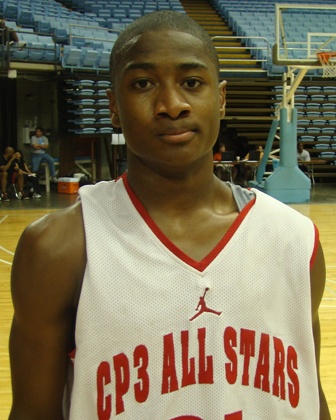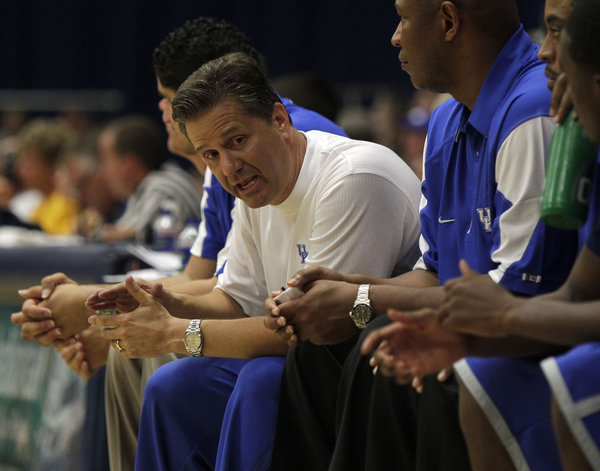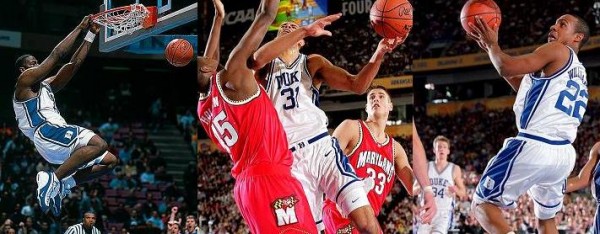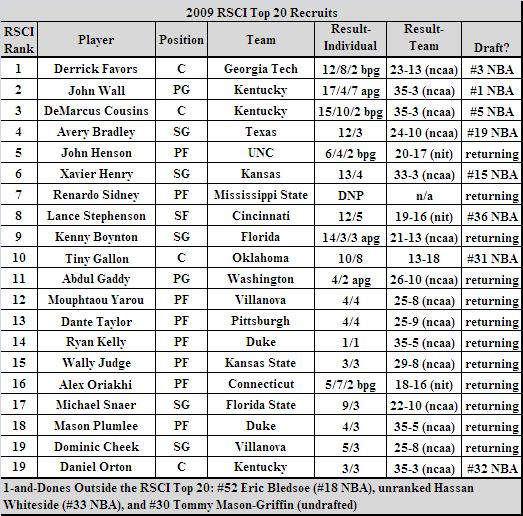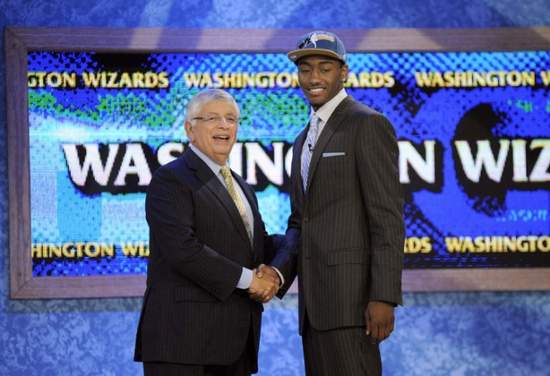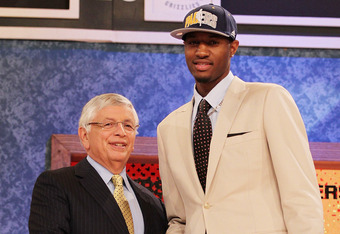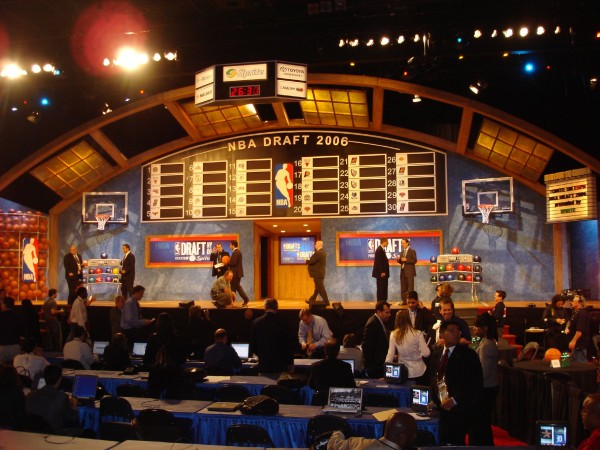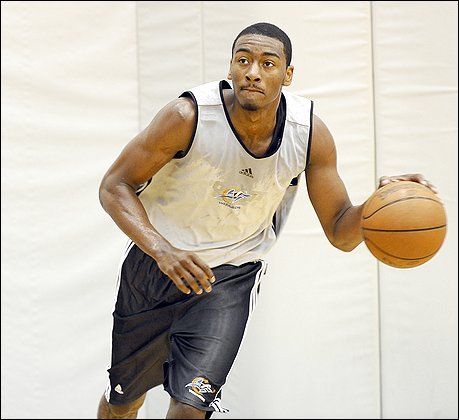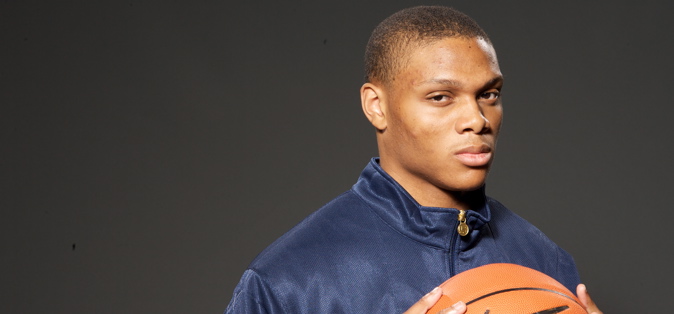Who’s Got Next? Illegal Benefits, Kentucky Spotlight, Shabazz Muhammad and More…
Posted by Josh Paunil on May 27th, 2011Who’s Got Next? is a bi-weekly column by Josh Paunil, the RTC recruiting guru. We encourage you to check out his website dedicated solely to college basketball recruiting, National Recruiting Spotlight, for more detailed recruiting information. Twice a week he will bring you an overview of what’s going on in the complex world of recruiting, from who is signing where among the seniors to who the hot prospects are in the lower levels of the sport. If you have any suggestions as to areas we’re missing, please let us know at rushthecourt@yahoo.com.
Introduction
Well, if you haven’t learned yet after the Kevin Ware situation or the Tony Wroten, Jr., drama, the world of college basketball recruiting is nothing without another scandal to fill headlines. It’s also nothing without a big-time commitment happening soon after a de-commitment and the recruiting world certainly can’t live without more news about top five prospects and the rippling affect of other commitments. If you haven’t been able to tell yet, a lot happened in just the past few days in the recruiting world… and we haven’t even started previewing one of the most significant AAU events that will happen all summer.
What They’re Saying
-
Junior Rodney Purvis (#6) on Ryan Harrow’s transfer to Kentucky: “Harrow’s decision doesn’t change my outlook on UK at all. Unless coach tells me otherwise!”
-
Junior Kyle Anderson (#22) on Harrow transferring to the Wildcats: “Ryan Harrow not going to St. John’s keeps them on my list.”
-
Mauricio Ducuara, the head of a basketball foundation in Bogotá, on Hanner Mosquera-Perea (#23) receiving illegal benefits: “People with whom I have spoken said he has received lots of gifts [and] things. If you knew how Hanner grew up the people don’t even have shoes. Hanner came home at Christmas with iPods, iPhones, [Bose] headphones digital cameras. Things that for a kid are impossible.”
-
Baylor assistant coach Mark Morefield : “I guarantee u if he (Perea) does [commit to another school] he will be in Colombia for the spring and summer and next year. Don’t forget it.”
-
Junior Justin Anderson (#45) on why he committed to Virginia: “The Cavaliers were always my second choice behind Maryland. Also, my family lives in Virginia. After the departure of Coach [Gary] Williams and Coach [Robert] Ehsan, it just feels like the right fit.”
-
Junior Archie Goodwin (#19) on other top prospects’ effect on his recruitment: “My friends that are top players are: Rasheed Sulaimon; Shabazz Muhammad; Isaiah Austin… Ricardo Ledo… [and] Rodney Purvis. When it comes to colleges, we’ll talk about what the coaches told us and see if anything was said different by each other. We’ll compare them that way, but I don’t think it’ll make us decide then and there what we’re gonna do with that school.”
-
Omar Calhoun Sr., junior Omar Calhoun Jr.’s father, on Jim Calhoun potentially retiring: “We believe in UConn and it’s still going to be UConn. We still feel like Coach Calhoun is still going to have a major part still in the development in the program even if he’s not the head coach.”
-
Junior Ricardo Ledo (#9) on the current state of his recruitment: “I don’t have a list, it’s not down to four, I am wide open.”
-
Sophomore Isaiah Lewis on Kentucky and his list: “I really like Kentucky a lot. I think I can play at UK under Coach [John] Calipari and the rest of the coaching staff. I think they can do a great job of coaching me up and getting me to the next level; but I also like other schools, like UConn, Arizona, Kansas, West Virginia, Florida and Florida State right now.”
What Shabazz Muhammad is Saying





























